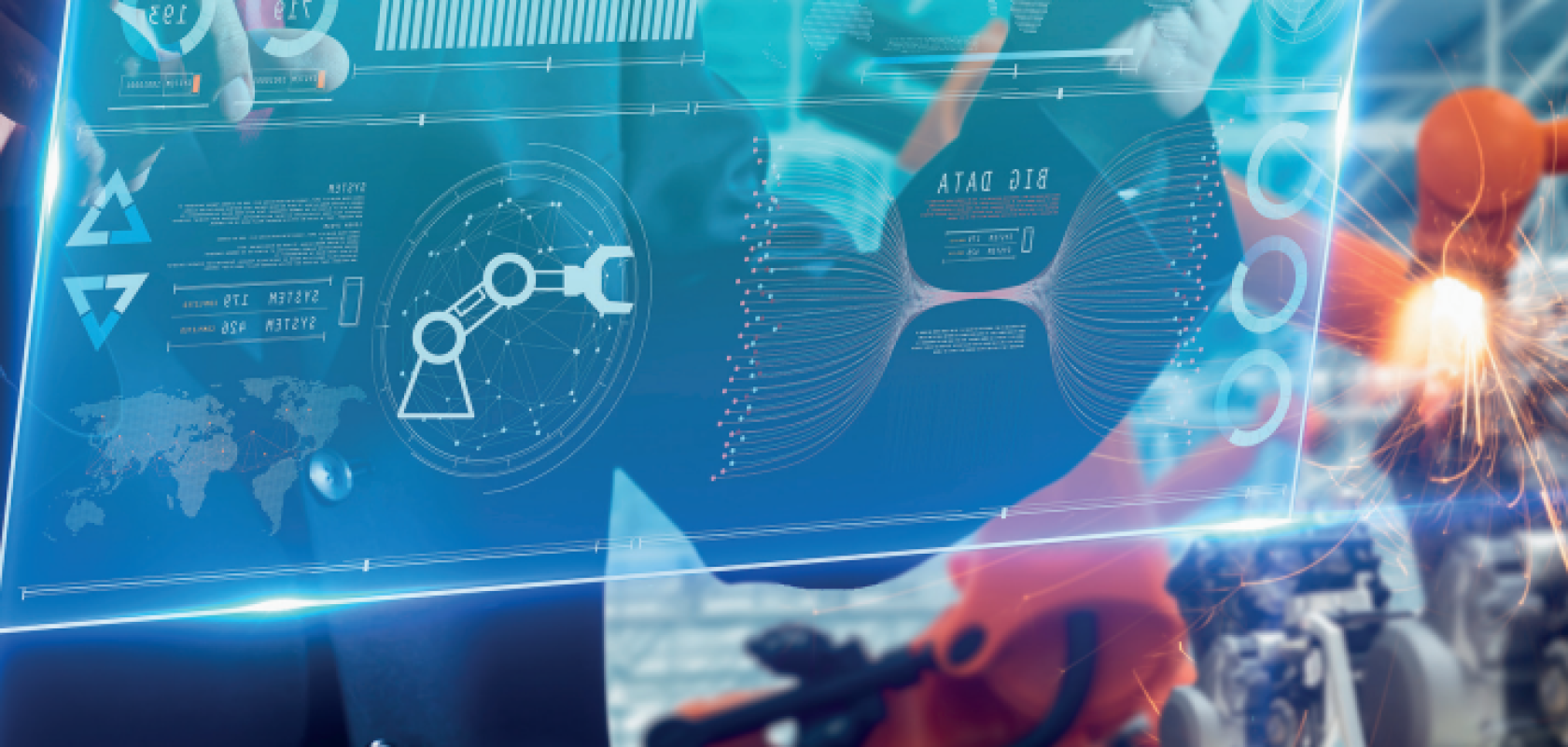Deep learning has helped to make great strides in the use of machine vision technology for countless use cases, but there are a number of additional data-centric tools that can help new deep learning applications come to life. Keely Portway finds out more
Deep learning is a type of machine learning that can replicate the way the human brain learns, but with the speed and accuracy of a machine. It has become popular as a machine vision tool in a wide variety of industries and, in particular, the technology has aided applications for which the traditional functionalities of machine vision may have reached the limit in terms of detection complexity.
For example, explains Antoine Lejeune, vision software engineer at Euresys: “When you want to solve a new problem using traditional machine vision, you will first capture a few images that are representative of your problem and a machine vision engineer will analyse those images and try to identify patterns or features. The engineer will then try to create a programme and implement various rules in order to base decisions on all of these measurements and patterns. That way they can say, for instance, if within an image there is a defective product.”
Use cases
This is particularly the case in applications involving natural products, because they can have a level of variability that is complex to process with traditional methods, so deep learning can provide an efficient way to develop an inspection algorithm. Lejeune believes deep learning can equally be applied to a variety of industrial processes. He says: “We have seen a lot of applications in the pharmaceutical industry, in the semiconductor industry and medically. It can work very well, often better than a more traditional approach or even human inspection. This is because of its speed and performance, the algorithm is going to be able to operate where a human inspector will have some limitations. Deep learning algorithms have a predictable inspection time, are never tired or, for example, influenced by outside factors such as a difficult day, or receiving bad news. Deep learning provides better consistency than a human inspector.”
There are various techniques at the disposal of integrators, engineers, machine vision builders and anyone else wanting to incorporate deep learning into their application, such as neural networks and image processing. But, according to Lejeune, it takes more than deep learning algorithms alone to make an actual application work well in practice. He says: “You need a lot of tools centred on the data you need to process to make your deep learning application come to life.”
When it comes to the challenges of applying deep learning to a new use case or application, Lejeune believes management of data is a key issue. He explains: “Because, for example, you can find a number of open source frameworks on the internet for deep learning applications. They are free to use, but they’re extremely complex to put in place and to make every component work with each other, so it can be very complex to create a full application using open source frameworks. In addition, a lot of services or applications are online only, like software-as-a-service, which can be a problem for many industries because they need to keep their image protected and confidential. And so they will need to have tools that will keep the image within the company that is developing the product.”
To have the best chance of overcoming such challenges and developing a successful application, Lejeune’s best piece of advice is to take a data-centric approach to solve the problem by gathering and working with your data and implementing systems to properly manage and track that data. This is not limited to the images themselves, but all other data surrounding them. He says: “Data is the core of any deep learning-based application and the tools for managing your data and working with the deep learning algorithm are paramount to getting good results.”
To help engineers get this right, Euresys developed a Deep Learning Studio graphical tool for managing and annotating data and training deep learning models that can be used with the company’s Open eVision libraries. It is designed to assist the user during the creation of a dataset, as well as the training and testing of the deep learning tools within the Open eVision library: EasyClassify, EasySegment Unsupervised, EasySegment Supervised or EasyLocate.
Licence to learn
Deep Learning Studio allows for efficient dataset creation and image annotation for classification, segmentation and object localisation and allows the user to create and configure dataset splits to decide how their images are used. The user can manage the data augmentation transformations and train the tools in succession, thanks to the training queue. It also allows for validation and analysis of the results of the trained tools. But one of the benefits that stands this solution out from the rest is that it is a free desktop allocation that does not require a licence.
Lejeune continues: “A strong point of Deep Learning Studio is that it is a free application. There are some tools available for which a user will need to buy expensive licences to just try to prototype and see if their problem can be solved with a deep learning algorithm. Deep Learning Studio is completely free, and so anybody can simply download it from our website, and try and prototype their application with it. When users integrate it into their industrial solutions, they will be familiar with how it works and will be able to acquire more features and more libraries or more tools, supported by Deep Learning Studio from Euresys. It also supports a large variety of platforms, so it can work on Windows and Linux, as well as on embedded systems such as smart cameras.”
There are, of course, other, non data-centric challenges for those wishing to implement deep learning techniques into their applications, including – but not limited to – choosing a neural network architecture, or understanding how to integrate a deep learning model into a particular programme. This is where the deep learning tools within the Open eVision library can help, in combination with the Deep Learning Studio, to make deep learning easier and more efficient for a wider range of new applications.
For more information on why data is the core of any deep learning-based application, and how the tools for managing data and working with the deep learning algorithm are paramount for good results, download the latest White Paper.


